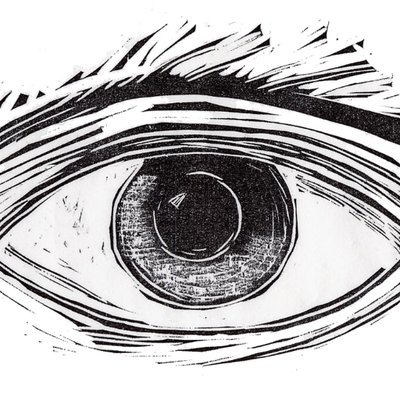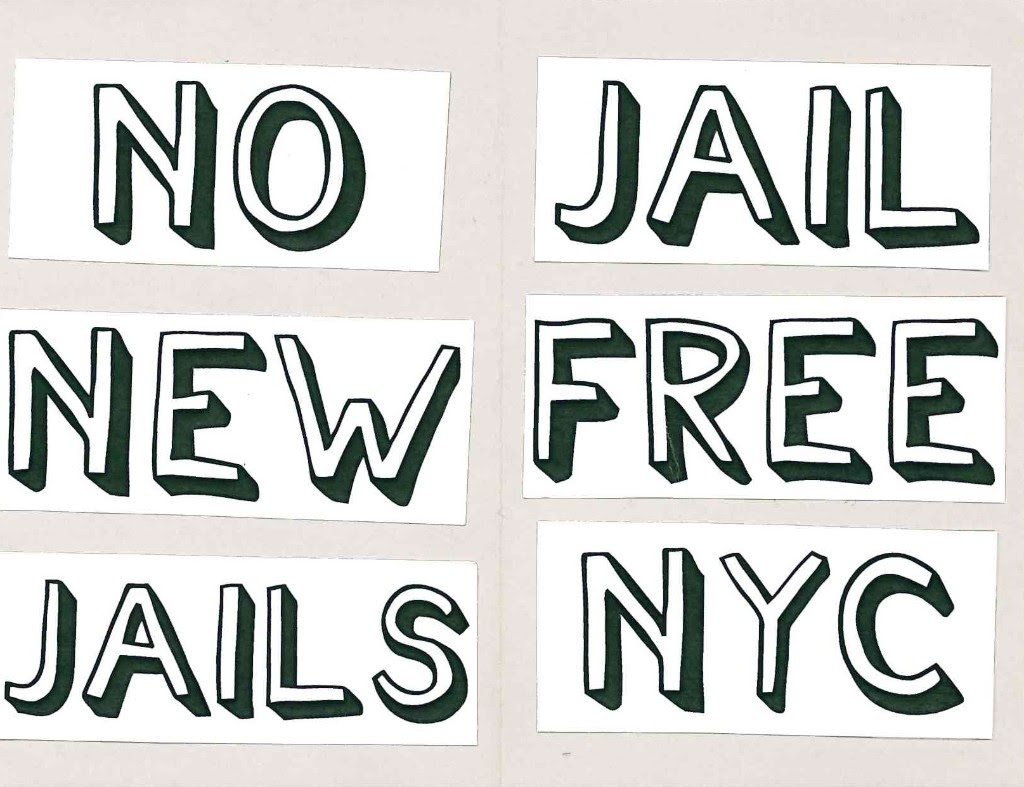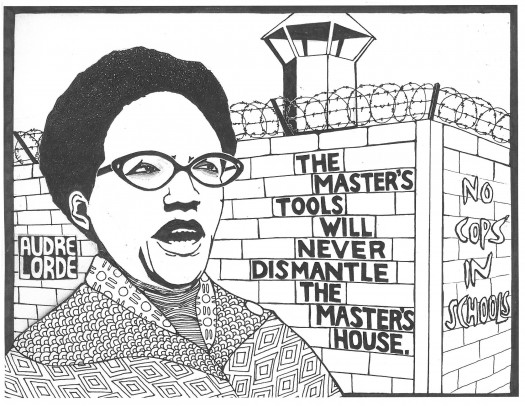I’ve been re-reading the intro from the inaugural issue of Propter Nos, published by True Leap Press (twitter: @true_leap) and it made me think about some things…
I am often frustrated by other prisoners myopic view of just what is happening to us. The PIC is never “wholly grasped in its systemic totality,” as True Leap describes in the issue’s introduction. For many, the solution is only release from prison. There is no fight beyond that. This attitude makes building a movement hard.
The crux of my own project is exactly as the Leap writes: to “problematize the discourse that frames and informs the popular movement’s terms of engagement,” specifically anti-prison activists, beginning with the deconstruction of the definitions of prisoner, solidarity, and safety.
What reformists fail to grasp is exactly as the Leap puts: “so long as the root structures of this system and worldview are left intact, white-supremacist law-and-order will merely be reformed, refashioned, and reproduced.” This is why the PIC must be abolished. It cannot be reformed. All we get is a change in the form of oppression, not genuine safety and freedom. We are invested in a failed system. What will it take to get people to divest?
One thing I like that is highlighted in True Leap’s analysis is how there three different tendencies, or what I’m going to call “mindsets”, that we must be aware of and take precautions against as we continue to build our abolitionist movement. These three often cloak themselves in sheep’s clothing. First, there is the Democratic Party, which works to co-opt movement energy and direct it towards their electoral gains. The Black upper/middle and aspirational class forms the second obstacle, a managerial class that is concerned primarily with the White gaze and exudes respectability politics. Third, there are these progressive criminal-justice reformers who are always there to tell us, “You’re going too far.” “Your goals are too extreme.” “Your pace is too quick.” “Your means too direct.” What can we do to draw more people attention to these people and the obstacles to liberation they create?
Recasting a statement that the Leap makes clear in the intro, I want to ask everybody out there how we, as abolitionists, can better understand, study, and address contradictions internal to our movement? How do we get activists, inside and outside, to concern themselves with the impact of patriarchy, misogyny, homophobia, transphobia, ableism, xenophobia and opportunism within our organizations and community spaces?
I also gleaned an inspiring historical lesson from the journal’s resuscitation of the BLA principle of “unity-criticism-unity.” This principle has to be the centerpiece of how we challenge to the movement’s myopic vision of liberation and community. We generally don’t hold onto this principle, so the lives of the most marginalized continue to be erased from the discussion. Moreover, there is a tendency to not criticize inside organizers who espouse homo/transphobia, misogyny, ableism and xenophobia.
Part of what I do is translate PIC abolitionist theory to other prisoners. Much of the written work is inaccessible to prisoners. We aren’t the intended audience, just the subjects. When in the yard, I have discussions about the PIC with others. The other day, I asked some guys what the land we are imprisoned on used to be. Everyone knows it used to be farmland. It was Smith’s field; hence the name of this prison: SCI-Smithfield. Small farms have been put out of business in central PA. So this was surplus land. I explained how surplus land and surplus populations feed the PIC.
We defined surplus and then discussed how this land became surplus, how we became surplus and what role “surplus” plays in maintaining the PIC. This conversation was necessary because many prisoners have faulty understanding of the who’s, the how’s and the why’s of the PIC. If prisoners don’t grasp the systemic totality of the PIC, they cannot effectively fight it. They may even unknowingly support measures that expand it. This is why political education is so important. But it has to be accessible.
Always,
Stevie
****
To read the entire first issue of Propter Nos, “Reflections on the Movement Moment” check out the following link DOWNLOAD. Anti-copyright, free to print, circulate, and distribute to friends.





